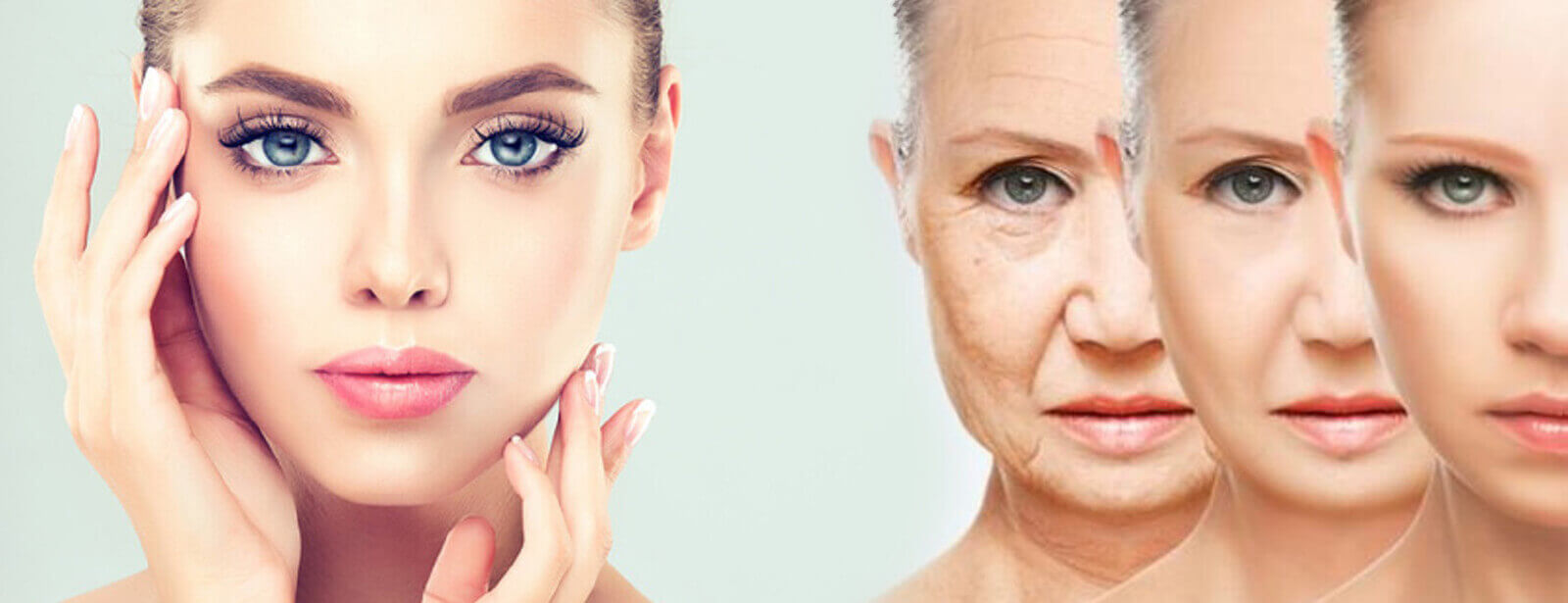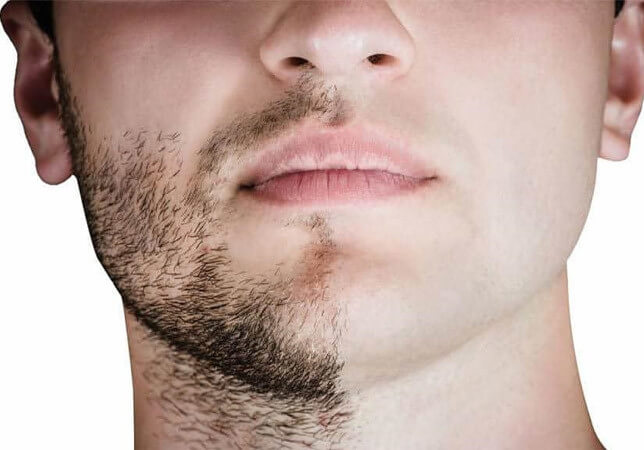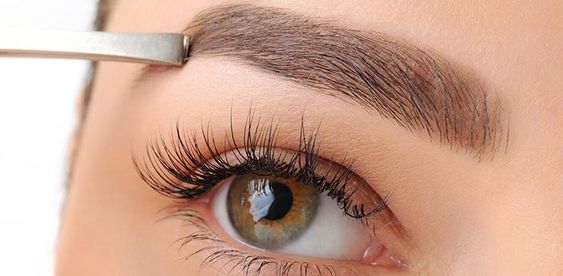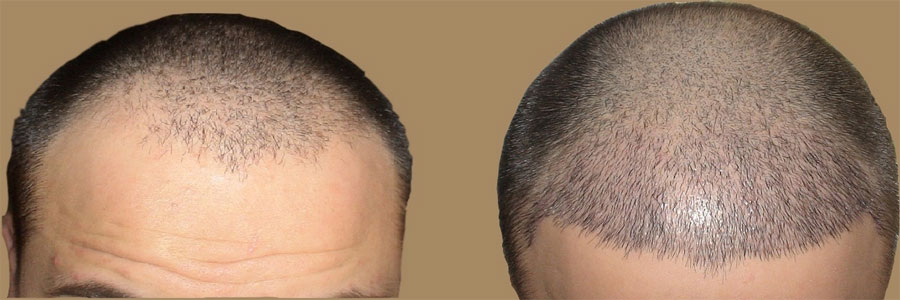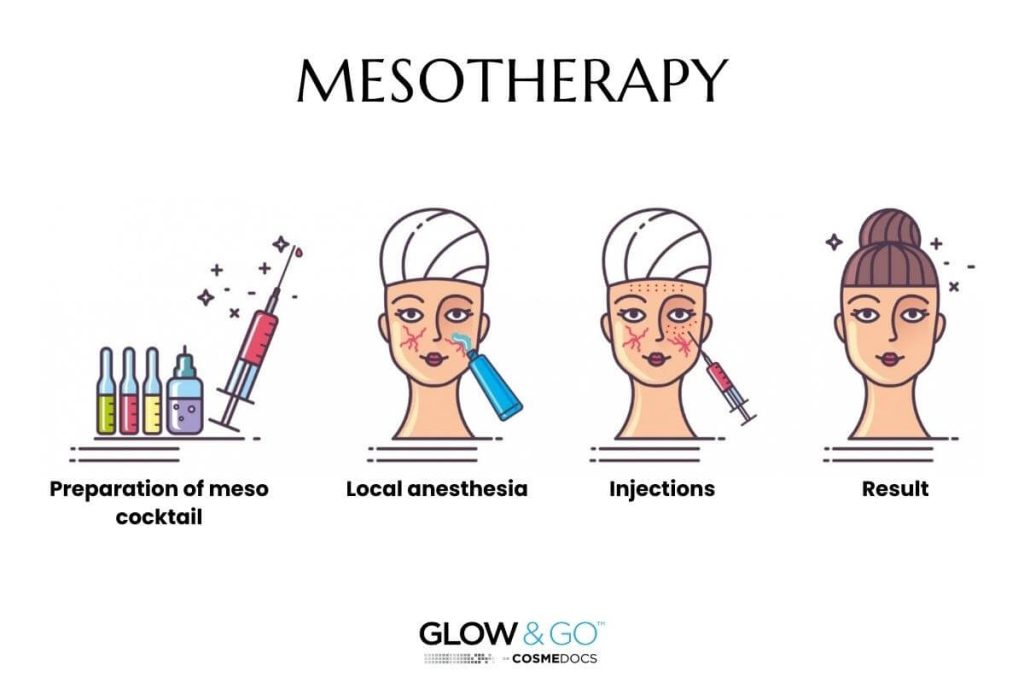
Hair loss is one of the most common skin and hair problems in the world. The reasons for this problem are varied. Sometimes they originate from genetic issues and sometimes they are caused by various diseases and disorders. Unfortunately, we still do not have much information about the exact mechanism of hair loss; For this reason, the available drugs are not effective for all people. The routine treatment of hair loss is the use of topical minoxidil and oral finasteride. These two are effective to a good extent for half of the consumers and in the other half, they do not have much effect.
Hair mesotherapy is one of the relatively new treatment methods (although most are old) that can be used together with other hair loss treatments or alone and have very good effects. In this article, we want to review everything you need to know about mesotherapy.
What is mesotherapy?
Mesotherapy is a wide range of minimally invasive injectable treatments that have many uses. For example, hair mesotherapy, which we want to talk about in this article, is one of the applications of this treatment method that stops hair loss and stimulates hair growth. In mesotherapy, a combination of different strengthening substances is injected into the skin. These substances include plant extracts, various drugs, vitamins, enzymes, hormones, growth factors and other factors that can help treat alopecia (hair loss or baldness).
The meaning of the term “mesotherapy”
Hair mesotherapy is also called “Mesohair” or “Mesoplasty” in foreign countries. So if you hear these expressions, know that it means hair mesotherapy. Mesotherapy is composed of two words “mezo” meaning middle and “therapy” meaning treatment.
What does “Mezo” mean?
The original meaning of the word “Meso” refers to embryonic stem cells. When the human body is not yet formed and the embryo has several thousand cells, three layers of stem cells are formed. Ectoderm, mesoderm and endoderm are the names of these three layers, each of which later makes up different parts of the body. For example, in the case of skin, ectodermal stem cells form the outer surface of the skin (first 5 layers of the skin) or epidermis, and mesodermal stem cells form the dermis or middle layer of the skin. So, in mesotherapy, our goal is to inject medicine into the middle layer of the skin, or the dermis, which is made by mesodermal stem cells.
In some texts, it is said that the meaning of “Mezo” is the same as the middle meaning. Because the dermis is the middle layer of the skin and is targeted in mesotherapy, the name of mesotherapy has been given to this method. Scientifically, the previous definition is more correct; But the term mesotherapy has one meaning in any case: the treatment of the middle layer of the skin
The dermis or middle layer of the skin
The skin of our body consists of three general layers:
* Epidermis
* dermis (middle layer)
* hypodermis (under the skin)
The part of the skin that we see is the epidermis layer, which is less than a millimeter thick and its surface is covered with dead cells. Epidermal cells are constantly dividing and replacing dead cells that are gradually shed from our skin.
The dermis or middle layer consists of connective tissue that includes collagen fibers, elastin fibers and hyaluronic acid. This part makes the skin flexible and contains all kinds of important skin structures. One of these structures is the hair follicle. A follicle contains 20 different types of cells that contain one or more hair bulbs. The hair bulb is also the place where our hair strands are made, grow and emerge from the surface of the skin. The part of the hair that we see is called the hair shaft.
In hair mesotherapy, drugs and special compounds are injected into the dermis layer using a syringe. Because the hair bulb is located in this layer, and if we want to effectively deliver repair compounds to it, we must send them directly to this layer. Topical drugs such as minoxidil usually cannot pass through the epidermis well; Therefore, they are less effective than hair mesotherapy.
History of hair mesotherapy
The first mention of hair mesotherapy in medical texts to treat hair loss dates back to the 12th century. A French physician named Ambrose Pare, who was the physician of the French royal court, writes about the treatment of hair loss as follows:
If hair loss is due to lack of proper nutrition; It should be rubbed with a clean cloth, fig leaf or raw onion. Then you need to put a needle on the bald spot and rub it with a solution of extracts.
In 1952, another French doctor named Michel Pistor introduced mesotherapy in its present form for the first time. Pistor used intravenous injection of procaine to treat asthma. After some time, he observed that the hair loss of some patients improved. After that Pistor conducted many studies on subcutaneous injections of procaine until finally in 1976, he named his innovative treatment method “Mesotherapy”. Mitchell Pistor’s innovative method has been favored by many doctors and applicants for skin rejuvenation and beautification methods in the past 50 years.
Therapeutic applications of mesotherapy
Mesotherapy is a type of subcutaneous or subcutaneous injection that can have different uses depending on the type of drugs and substances used in it. Among the uses of mesotherapy, the following can be mentioned:
* Cellulite treatment
* Eliminating local fats
* Treatment of eyelid fat and lipoma
* Preventing hair loss and treating alopecia
* Skin rejuvenation (wrinkle removal, skin tightening and lifting)
* Treatment of skin spots
* Correction of surface curves (contour) of the body
* Eliminate scars and scars
Treatment of alopecia with hair mesotherapy
